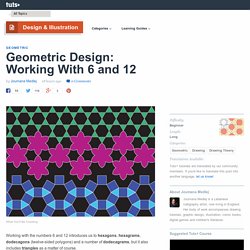

FOTO: Il Pavimento del Duomo di Siena. Un capolavoro da scoprire. Gli appunti degli artisti. Cosa c’è dietro un’opera d’arte?

È una domanda che mi sono posta molte volte. Un dipinto, una scultura, un qualsiasi manufatto artistico, anche se prodotto rapidamente e, apparentemente, di getto, nasconde dietro uno studio, un’osservazione della realtà, un’elaborazione concettuale. Quasi tutti gli artisti e progettisti prendono “appunti”, prima di lavorare sull’opera vera e propria. Naturalmente si tratta di appunti visivi, dunque schizzi, disegni preparatori. E molti di loro lo hanno fatto sui loro quaderni lasciandoci in eredità dei taccuini preziosi e significativi. Non si tratta di scrapbook né di libri d’artista, ma di più modesti quaderni personali, raccolte di annotazioni grafiche intime e rapide, senza deliberate pretese artistiche ma intrise di senso e fascino. Con il Rinascimento il carnet diventa una raccolta di idee, osservazioni, studi e annotazioni.
Più “da artista” sono invece i taccuini di Albrecht Dürer (1471-1528). 50 Free Animation Tools And Resources For Digital Learners. 50 Animation Tools & Resources For Digital Learners by Lisa Chesser, opencolleges.edu.au A purple monster with wild curls spiraling out of control explains the economics of oil production in the Sudan to students in Los Angeles, Sydney, Berlin, Jerusalem, and Riyadh.

That is education and animation working together to teach students everywhere, everything they ever wanted to know. Educators need only utilize the tools available, most of them for free. Some of the animation links catalogued here will give educators very basic tools and histories of animation while others have the animation already created and set in motion, it’s just a matter of sharing it with students. Educators need to decide which tool is best for them. One of the easiest ways to animate, however, isn’t with your own camera and modeling clay, it’s with your links to sites that hand you everything within their own forums. 1. 2. 3. 4. 5. 6. 7. 8.
For those who prefer to draw, there’s Make It Share It. Geometric Design: Working With 6 and 12 - Tuts+ Design & Illustration Tutorial. Working with the numbers 6 and 12 introduces us to hexagons, hexagrams, dodecagons (twelve-sided polygons) and a number of dodecagrams, but it also includes triangles as a matter of course.

The first operation we're looking at is likely the oldest geometric construction known to mankind, because it only requires a compass or its ancient equivalent, a rope. I remember discovering it spontaneously as a child, while playing idly with my compass, an experience of astonished delight which I'm sure many have had. We start with a circle. Keeping the same compass opening, place the dry point at the top or bottom of the circle and draw another circle. Move the dry point to either of the intersection points just created, and draw another circle.
Walk around the whole circle in this way. Start with the steps shown above to divide it into 6. They are created on a circle divided into six, by joining the six points marked on the circle. Simply join the twelve points on the circle. How is this possible? The Mathematical Art Of M.C. Escher.